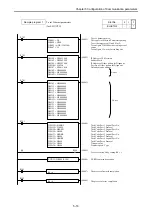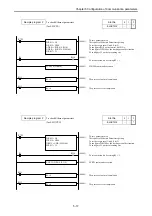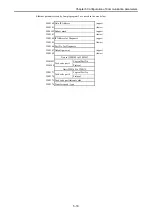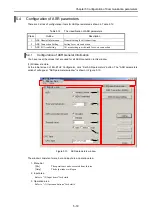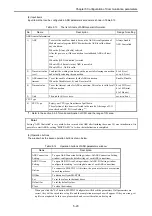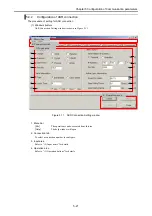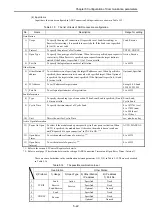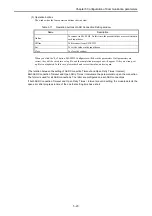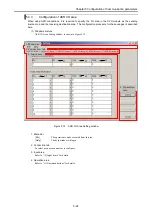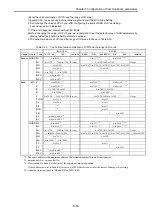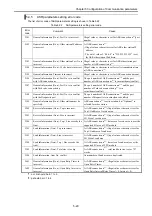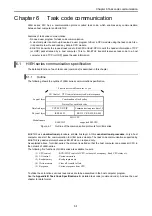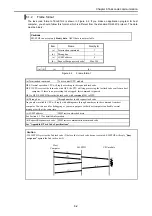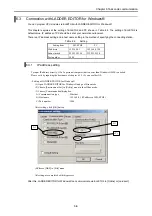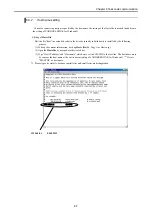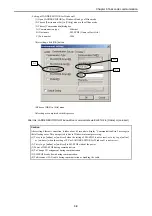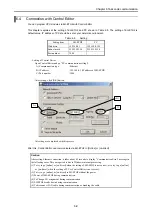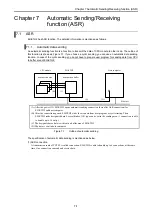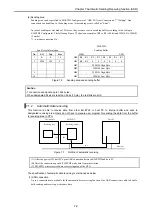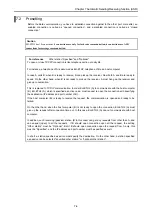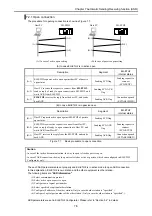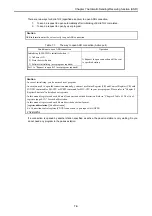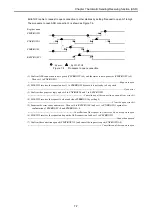
Chapter 6 Task code communication
Chapter 6
Task code communication
H/EH series PLC has a communication protocol called task code, which enables easy communication
between host computer and EH-ETH2.
Features of task code communication
- No need user program for task code communication.
- A Host computer is able to up/download a user program to/from a CPU module using the task code. Also,
it is possible to write and read any data in CPU module.
- EH-ETH2 transmits the request task code to EH-CPU or EHV-CPU to omit the header information of TCP
(or UDP) packet issued by a host computer. This to, EH-ETH2 transmit response task code to a host
computer to add TCP (or UDP) packet header information.
6.1
H/EH series communication specification
The detailed function of each task code (command) is described in this chapter.
6.1.1 Outline
The following shows the outline of H/EH series communication specification.
Functions viewed from user’s eyes
I/O Control CPU control memory read/write response
Logical layer
Combination of task codes
Protocol for each task code
Data link layer
TCP/IP, UDP/IP
Communication procedure 1,2
Physical layer
IEEE 802.3
RS-232C, RS-422, RS-485
EHV-CPU
Module name
EH-ETH2 supported
EH-CPU
Figure 6.1
Out line of the communication protocols for H/EH series
EH-ETH2 use
uni-directional
procedure at data link layer. At this
uni-directional procedure
, only a host
computer can start the communication to H/EH series module. The task code communication supported by
EH-ETH2 is passive protocol because EH-ETH2 can respond only.
As explained above, for H/EH-series, the protocol is defied so that the host computer can access all CPU in
the network of H/EH-series.
The following five functions of H/EH-series are available to users.
(1) CPU control
: RUN/STOP control of CPU, set/reset of occupancy, Read CPU status etc.
(2) I/O control
: Various monitors
(3) Read memory
: Read programs etc.
(4) Write memory
: Clear all, transfer all etc,
(5) Response
: Various response from CPU
To utilize these functions, various task codes are to be assembled in the host computer program.
See the
Appendix B Task Code Specifications
for detailed task code (command code). And see the next
chapter for data format.
6-1

